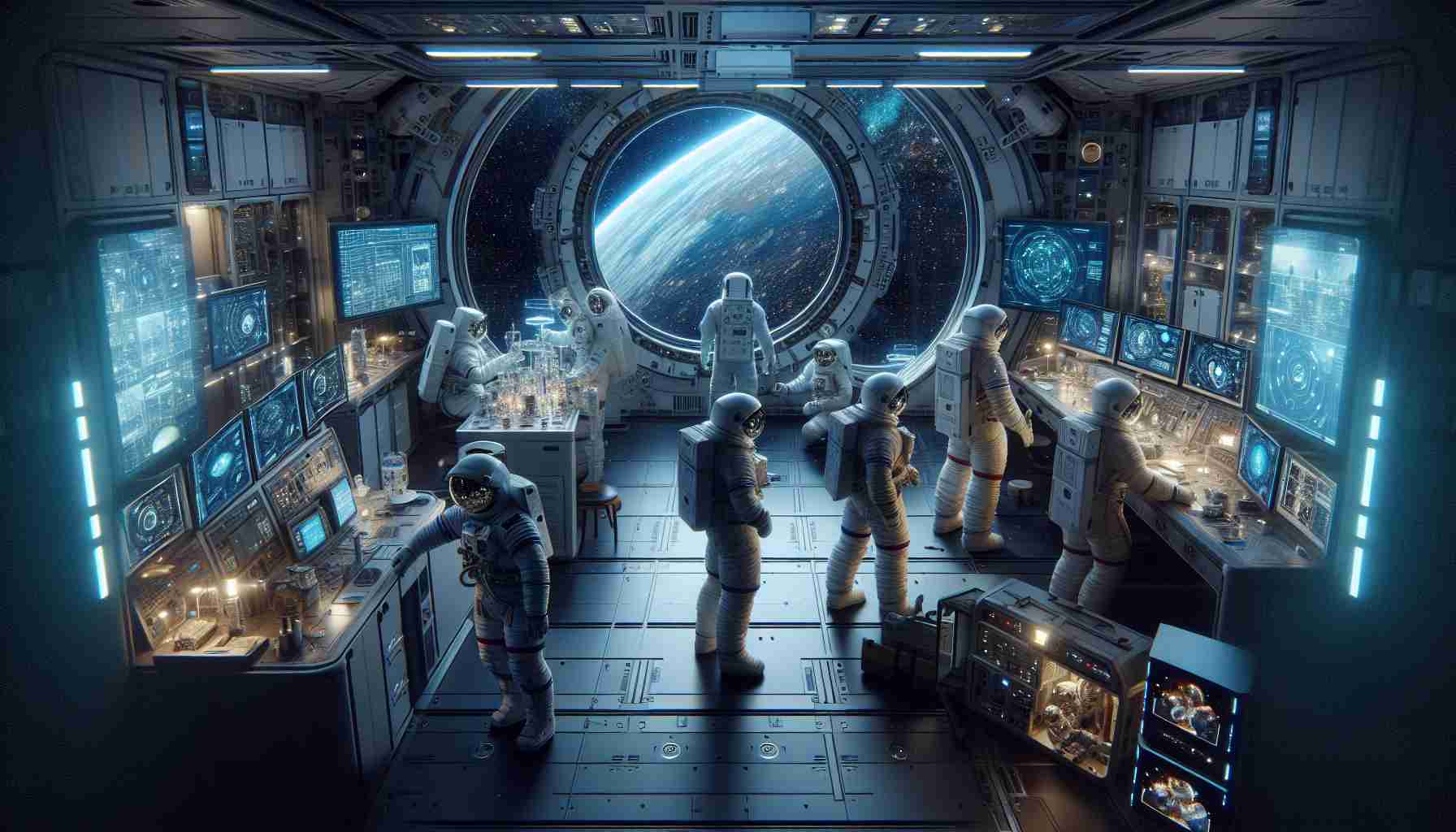
Astronauts Face Extended Mission
Two NASA astronauts are now faced with staying in space for an additional six months, raising concerns about their essential supplies. Despite the unexpected lengthening of their stay, NASA assures that the International Space Station (ISS) is equipped with ample food and oxygen to support the crew throughout this prolonged duration.
Sufficient Supplies on the ISS
NASA has confirmed that there is no imminent risk of the astronauts running out of provisions, with regular resupply missions ensuring a continuous stock of food, fuel, and supplies. Recent missions by Northrop Grumman and Progress have delivered essential cargo to sustain the crew during their extended mission period.
Experiences in Zero Gravity
In the unique environment of zero gravity, sleeping arrangements for astronauts are versatile, as they can comfortably rest on the floor, ceiling, or walls of the ISS. Sleeping stations resembling phone booths accommodate crew members, providing sleeping bags and pillows for their relaxation and rest.
Maintaining Connections and Health
While in space, astronauts have the opportunity to connect with their loved ones through video calls, audio calls, and emails during their leisure time. In addition to maintaining communication with Earth, crew members engage in physical exercise using specialized equipment like the Advanced Resistive Exercise Device (ARED) to support their physical well-being until their safe return.
Future Endeavors
Although their return to Earth is now scheduled for a later date, preparations for the Starliner’s departure from the ISS and subsequent re-entry remain underway to ensure a secure return to Earth.
Extended Stay of Astronauts in Space: Unveiling More Insights
As NASA astronauts find themselves in a situation where their mission duration has been unexpectedly prolonged, new dimensions of surviving in space come to light. While the previous article touched on the supplies and living conditions aboard the International Space Station (ISS), there are additional aspects and questions that arise in prolonged space missions.
Key Questions:
1. How do astronauts cope with prolonged isolation in space?
2. What are the psychological challenges faced during extended stays in space?
3. How does NASA manage emergency situations during extended missions?
Additional Challenges and Controversies:
– Psychological Impact: Extended periods in space can lead to feelings of isolation and confinement, impacting astronauts’ mental well-being. NASA addresses this by providing psychological support services and regular communication with families.
– Risk Assessment: With longer missions, the risk of equipment malfunction or medical emergencies increases. Contingency plans and emergency drills are crucial to mitigate such risks effectively.
Advantages:
– Research Opportunities: Prolonged space missions offer unique research prospects on the effects of long-duration space travel on the human body, aiding future space exploration endeavors.
– Skill Enhancement: Astronauts develop adaptability and resilience skills through extended stays, crucial for handling unforeseen challenges in space.
Disadvantages:
– Health Concerns: Extended exposure to microgravity can lead to muscle atrophy and bone density loss, necessitating rigorous exercise regimes and medical monitoring.
– Logistical Complexities: Longer missions require meticulous planning for essential supplies, maintenance, and crew well-being, posing logistical challenges for mission control teams.
Related Links:
– NASA’s Official Site
– Space.com
In conclusion, the extensive stay of astronauts in space unveils a myriad of challenges, opportunities, and considerations beyond the immediate aspects of supplies and living arrangements. Exploring these facets not only enhances our understanding of space exploration but also underscores the resilience and innovation required for long-duration missions beyond Earth’s atmosphere.



